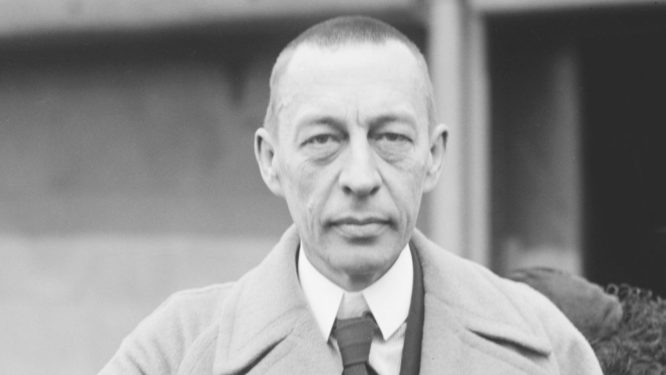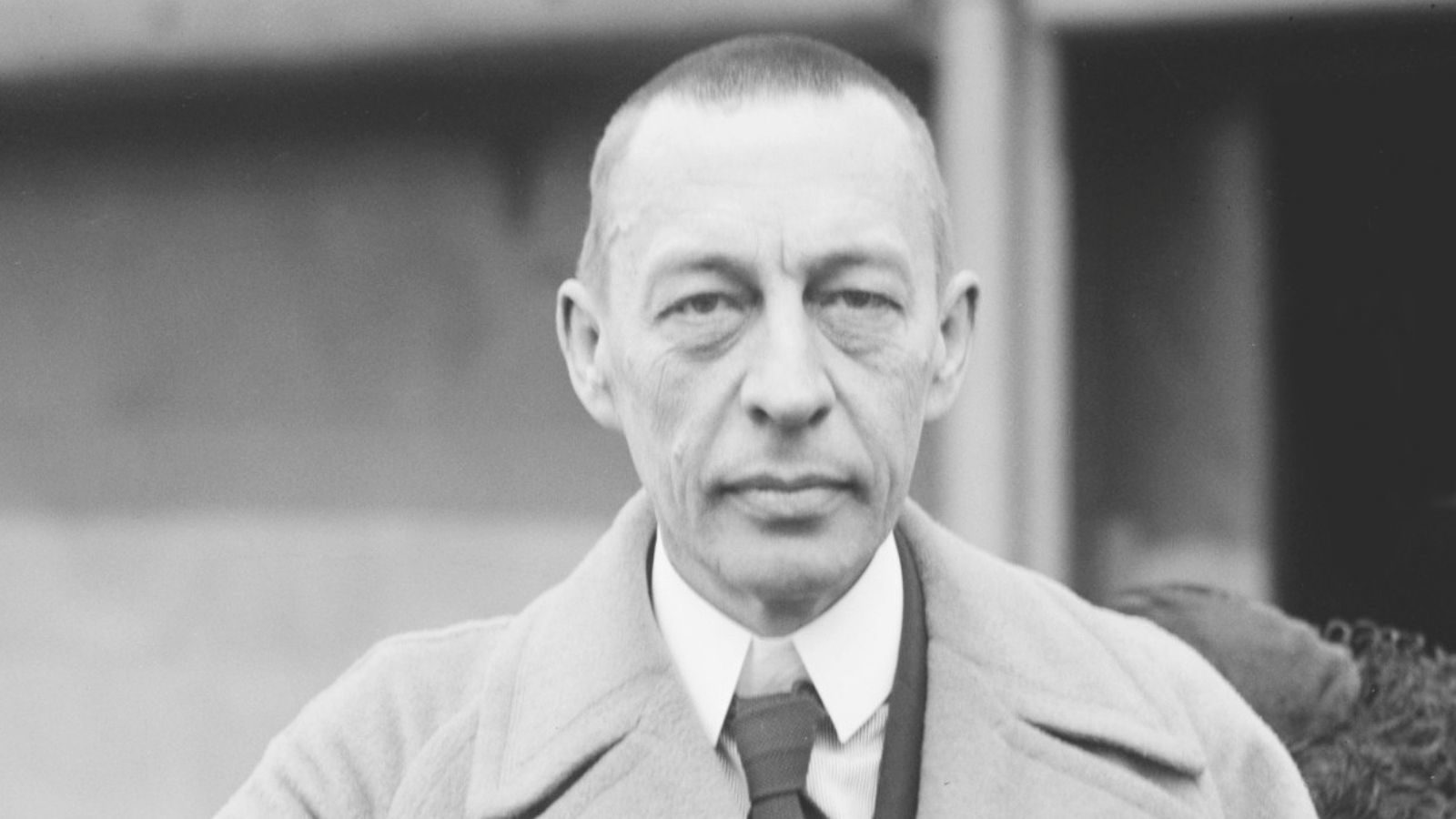Sergei Rachmaninoff

DATES
Born April 1, 1873 in Semyonovo, Russia
Died March 28, 1943 in Beverly Hills, CA, USA
NATIONALITY
Russian
STYLE/PERIOD
Romantic 1820-1910
FAMOUS WORKS
Five Pieces, Op.3, The Rock (a tone poem), First Piano Sonata, four Piano Concertos, Rhapsody on a Theme of Paganini, and Aleko, an opera.

BIOGRAPHY
Sergei Vassilyevich Rachmaninoff was the 5th child of a Russian aristocratic family. His mother, father, and grandfather played the piano, so it is no wonder that he showed considerable musical talent at a young age! When Rachmaninoff was 9, his parents separated. The family estate was sold and he moved with his mother, brothers, and sisters to St. Petersburg, Russia. Rachmaninoff was 10 when he as enrolled in the St. Petersburg Conservatoire. There he studied piano and harmony. Upon turning 12, he entered the Moscow Conservatoire where he actually lived in his teacher’s home – sharing a bedroom with three other students and taking turns practicing his required three hours of piano daily. At the Moscow Conservatoire, he also met Peter Tchaikovsky. Tchaikovsky recognized Rachmaninoff’s talent and served as a mentor to him.
Rachmaninoff graduated as a pianist in 1891. He won a gold medal for his opera, Aleko and soon completed his first Piano Concerto in F# minor. He also wrote a group of Five Pieces, Op. 3 for piano which included his famous piano work: Prelude in C# minor. Soon he began appearing in concert as a pianist and also took up conducting.
While composing, he also taught piano students and served as an accompanist. When his Symphony was first performed on March 27, 1897, it was met with a great deal of criticism. Rachmaninoff lost confidence in himself as a composer and actually saw a psychologist to undergo hypnosis for help in gaining back his self-esteem.
Soon, a wealthy friend offered the position of conductor in a Moscow Opera House that Rachmaninoff accepted. This stint as a conductor helped him greatly in gaining back his self-confidence. The Philharmonic Society in London, England extended the opportunity for Rachmaninoff to appear as a guest composer, pianist, and conductor. He was so successful that he was invited back for 1899-1900 season.
In 1902, Rachmaninoff married Natalie Satina and began to compose regularly. He was in constant demand as a conductor and pianist and in 1906 moved with his family to Dresden, Germany where he composed his second Symphony and Piano Sonata No.1. He wrote his third Piano Concerto for a 20-concert tour of the United States where it was played twice in New York, once under the direction of composer/conductor Gustav Mahler. He was so successful in the United States that he was offered the position of conductor of the Boston Symphony Orchestra: not once, but twice! He declined the position in favor of returning to Russia where he accepted the position of Vice-President of the Imperial Music Society with responsibilities to develop higher-level conservatory education and also to conduct the Moscow Philharmonic.
In November 1917, following a major Russian revolution, Rachmaninoff and his family left Russia to tour Scandinavia. He soon settled in the United States and immediately began concert performances and recording sessions. He regularly made annual tours of Europe and the U.S. as a pianist specializing in performing music of Chopin, Schumann, and Liszt, as well as his own works. He recorded four of his piano concertos and conducted recorded concert performances of his third Symphony.
In 1931 Rachmaninoff purchased a house in Switzerland situated on Lake Lucerne. He enjoyed vacationing there and speedboating on the lake. He was awarded the English Royal Philharmonic Society’s Gold Medal and was invited to send his compositions back to Russia for performance. Soon, Rachmaninoff developed cancer, but he continued to perform. He gave his last recital in Knoxville, Tennessee on February 15, 1943 and died on March 28, 1943. Rachmaninoff is buried in the Kensico Cemetery near New York. Although he composed most of his music in the 20th century, Rachmaninoff is considered a romantic composer because his musical style fits better with the music of that period.